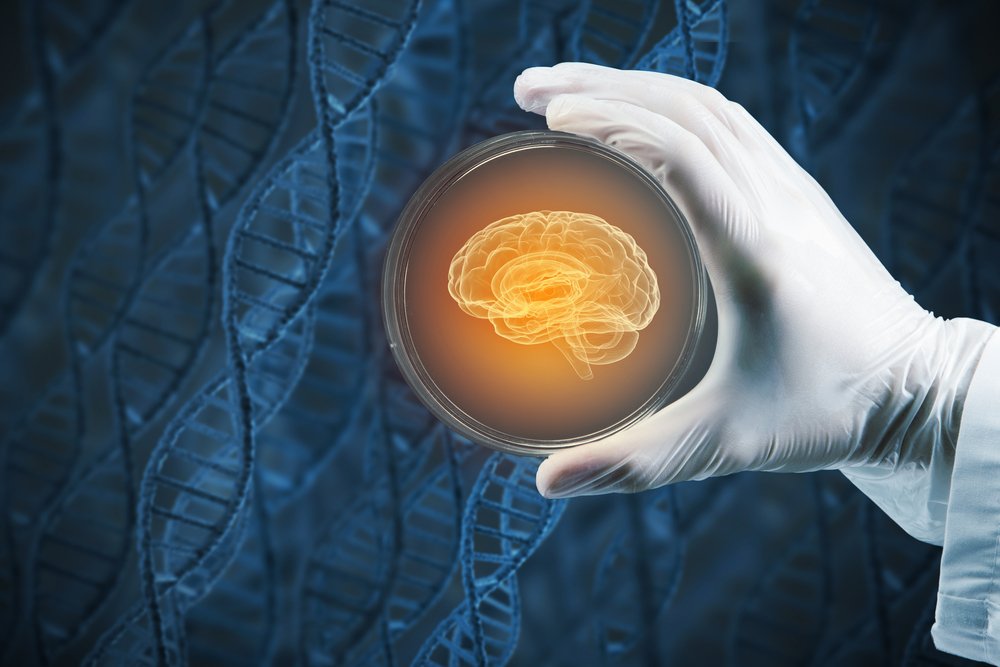First Dose Group in Parkinson’s Stem Cell Trial Successfully Transplanted

The fourth and last patient of the first group in a clinical trial of stem cell transplants in Parkinson’s disease has successfully received the transplant, the International Stem Cell Corporation (ISCO) reported. Researchers are now preparing for the next stage, in which patients will receive a higher number of cells.
So far, researchers have not recorded any adverse events among the four patients who had neural stem cells, called ISC-hpNSC, inserted into their brains.
If successful, the stem cell therapy has the potential to regenerate lost nerve cells — and revolutionize the way Parkinson’s disease is treated.
“We are very encouraged by the early clinical safety data for ISC-hpNSC,” Russell Kern, PhD, executive vice president and chief scientific officer of ISCO, said in a news release.
The Phase 1 clinical trial (NCT02452723) was launched in March 2016, and expects to enroll 12 patients with moderate Parkinson’s disease. Patients are divided into three groups of four patients each. The groups will receive increasing doses, ranging between 30,000,000 to 70,000,000 neural stem cells.
The main goal of the trial is to assess the safety of the treatment, with patients followed for 12 months after the transplants.
But researchers will also use brain scans to assess whether the cells survive once transplanted, and if they contribute to making the patients better. Participants are assessed using the Unified Parkinson Disease Rating Scale (UPDRS) and other tools, and although the study is small, researchers will evaluate any potential improvements in symptoms.
Parkinson’s symptoms typically appear when a large proportion of brain cells containing dopamine are already gone. And while treatments with added dopamine may improve symptoms, at least for some time, the treatment approach is fraught with dosing difficulties.
The ISC-hpNSC cells are derived from what researchers call human parthenogenetic stem cells. Parkinson’s animal models that received the treatment improved, making researchers and patients alike hope that the same will be seen in patients.
The cells are thought to provide neurotrophic support to brain cells still alive. This means they secrete factors that help dying neurons survive. They are also thought to replace the dead and dying dopamine neurons.
But as the trial started, researchers raised concerns that not enough was known about what the cells do in the brain. The group of researchers also questioned whether the safety follow-up of one year was sufficient, and argued that clinical trials of stem cell approaches may be a premature step, in an article in the Journal of Parkinson’s Disease.
Still, ISCO has an optimistic view of the trial continuation.
“We look forward to dosing our second cohort with 50 million cells and enrolling the rest of our clinical trial participants in 2017,” Kern said. “The Data Safety Monitor Board meeting will be held in the beginning of May and we expect to receive approval to start an accelerated enrollment of patients into the second cohort.”






